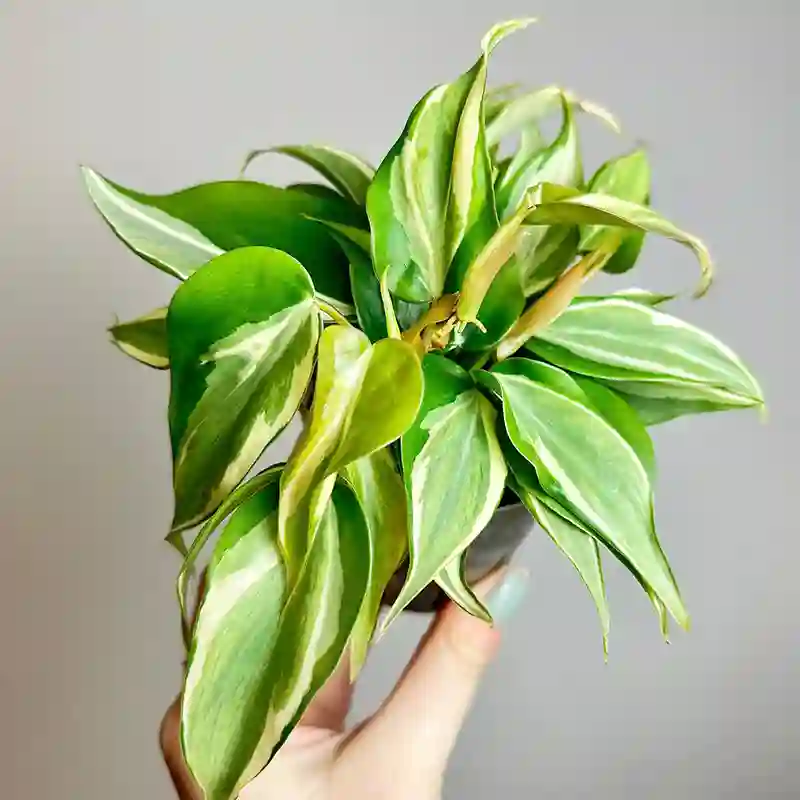
FAQs About Taxodium Ascendens
As someone deeply passionate about plants, I’ve often found myself fascinated by the unique characteristics of Taxodium Ascendens, commonly known as Pond Cypress. This species is notable for its adaptability and striking appearance, often causing confusion with its close relative, Taxodium Distichum. In this article, I’ll address some frequently asked questions about Taxodium Ascendens, covering its care, propagation, and more.
3 Species in Genus Taxodium
What Is Taxodium Ascendens?
Taxodium Ascendens, or Pond Cypress, is a deciduous conifer native to the southeastern United States. It thrives in swampy or wetland areas and is known for its unique, feathery foliage and bark that peels away in strips. Unlike its cousin, the Bald Cypress (Taxodium Distichum), Pond Cypress tends to have a more slender and upright form, which makes it a popular choice for landscape design.
How Is Taxodium Ascendens Different from Taxodium Distichum?
One of the most common questions I get is about the difference between Taxodium Ascendens and Taxodium Distichum. While both species belong to the same genus and share similar habitats, there are some key differences:
- Foliage: Taxodium Ascendens has more finely divided leaves compared to the broader leaves of Taxodium Distichum.
- Growth Form: Pond Cypress tends to grow in a more upright form with a narrower canopy, whereas Bald Cypress often has a broader, more spreading habit.
- Cones: The cones of Taxodium Ascendens are typically smaller and more rounded compared to those of Taxodium Distichum.
How to Care for Taxodium Ascendens?
Caring for Taxodium Ascendens involves understanding its natural habitat and providing similar conditions. Here are some tips based on my experience:
- Soil: Pond Cypress prefers wet, acidic soils. However, it can tolerate a range of soil types as long as they remain moist.
- Sunlight: It thrives in full sun to partial shade. While it can handle some shade, optimal growth occurs in bright, sunny locations.
- Watering: Regular watering is crucial, especially during dry spells. Pond Cypress is accustomed to wet conditions and may struggle in drought.
How to Propagate Taxodium Ascendens?
Propagation of Taxodium Ascendens can be achieved through several methods:
- Seed: Collect seeds from mature cones in the fall. Stratify them by keeping them in a cold, moist environment for a few months before planting.
- Cuttings: Softwood cuttings taken in early summer can also be successful. Dip the cuttings in rooting hormone before planting them in a moist, well-draining medium.
What to Plant with Taxodium Ascendens?
If you’re considering companion plants for Taxodium Ascendens, think about species that thrive in similar wetland conditions. Some suitable companions include:
- Sarracenia (Pitcher Plants): They share a preference for moist, acidic soils.
- Cyperus Papyrus (Papyrus): This plant also enjoys wet conditions and can complement the Pond Cypress in a garden setting.
- Calamagrostis (Reed Grass): Adds vertical interest and complements the upright growth of Pond Cypress.
Can You Grow Taxodium Ascendens Indoors?
Growing Taxodium Ascendens indoors is challenging due to its size and specific environmental needs. It requires a lot of space and consistent moisture, which is hard to provide indoors. This tree is best suited for outdoor environments where it can fully display its natural growth habits.
Is Taxodium Ascendens Toxic?
Taxodium Ascendens is not considered toxic to humans or pets. However, as with any plant, it’s always a good idea to monitor children and pets to prevent any accidental ingestion of plant material.
Benefits of Growing Taxodium Ascendens
One of the most significant benefits of Taxodium Ascendens is its adaptability to wet conditions. It helps in stabilizing soil in wetland areas and provides excellent habitat for wildlife. Additionally, its unique appearance can serve as a striking focal point in landscape design.
Common Problems with Taxodium Ascendens
While generally resilient, Pond Cypress can face a few issues:
- Pest Infestations: Watch for scale insects and aphids, which can affect the foliage.
- Root Rot: Ensure proper drainage to prevent root rot in overly saturated soils.
- Leaf Drop: Excessive leaf drop can occur if the plant is stressed by changes in moisture or soil conditions.
Compare Taxodium Ascendens with Other Similar Items
Comparing Taxodium Ascendens with other similar plants can help clarify its unique attributes:
- Taxodium Distichum: As mentioned, this species differs in leaf structure and growth habit. While both are suitable for wet conditions, the Pond Cypress’s narrower form makes it more versatile in certain landscapes.
- Metasequoia Glyptostroboides (Dawn Redwood): Another deciduous conifer, it has a similar appearance but tends to have a more open canopy compared to the dense foliage of Pond Cypress.
In conclusion, Taxodium Ascendens is a remarkable tree with distinct features that set it apart from its relatives. Whether you’re looking to add a unique element to your garden or just curious about its characteristics, understanding these aspects can help you appreciate its role in the landscape.
If i die, water my plants!



